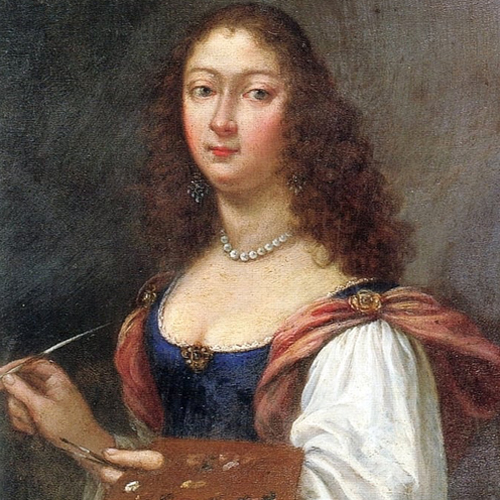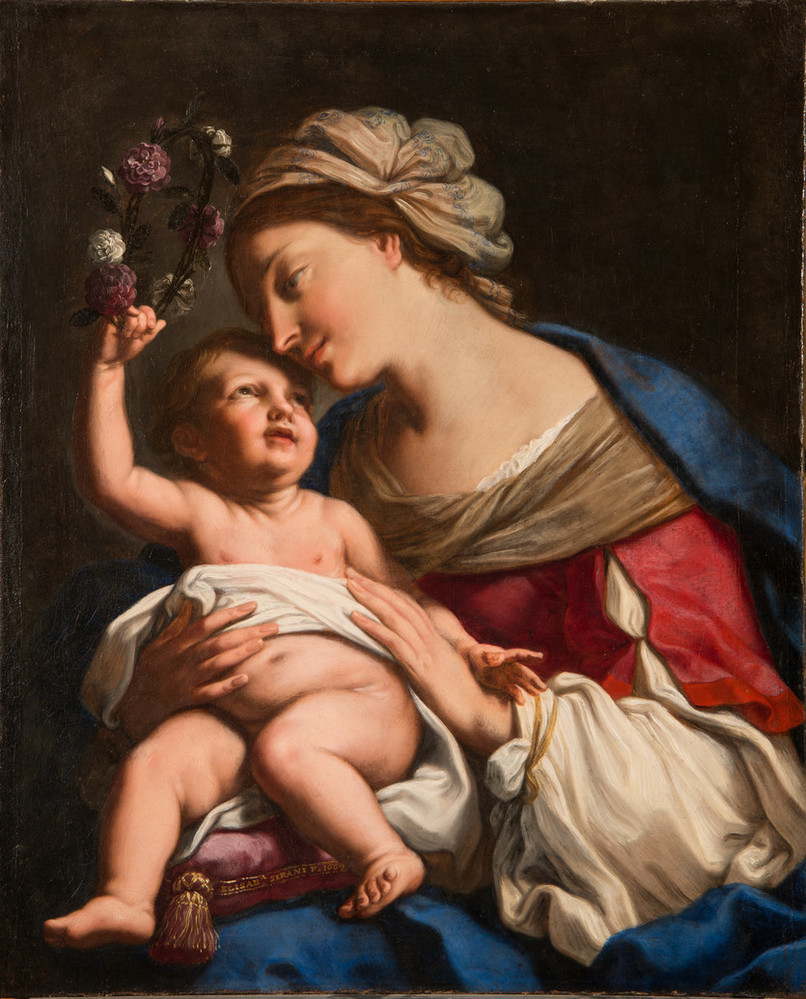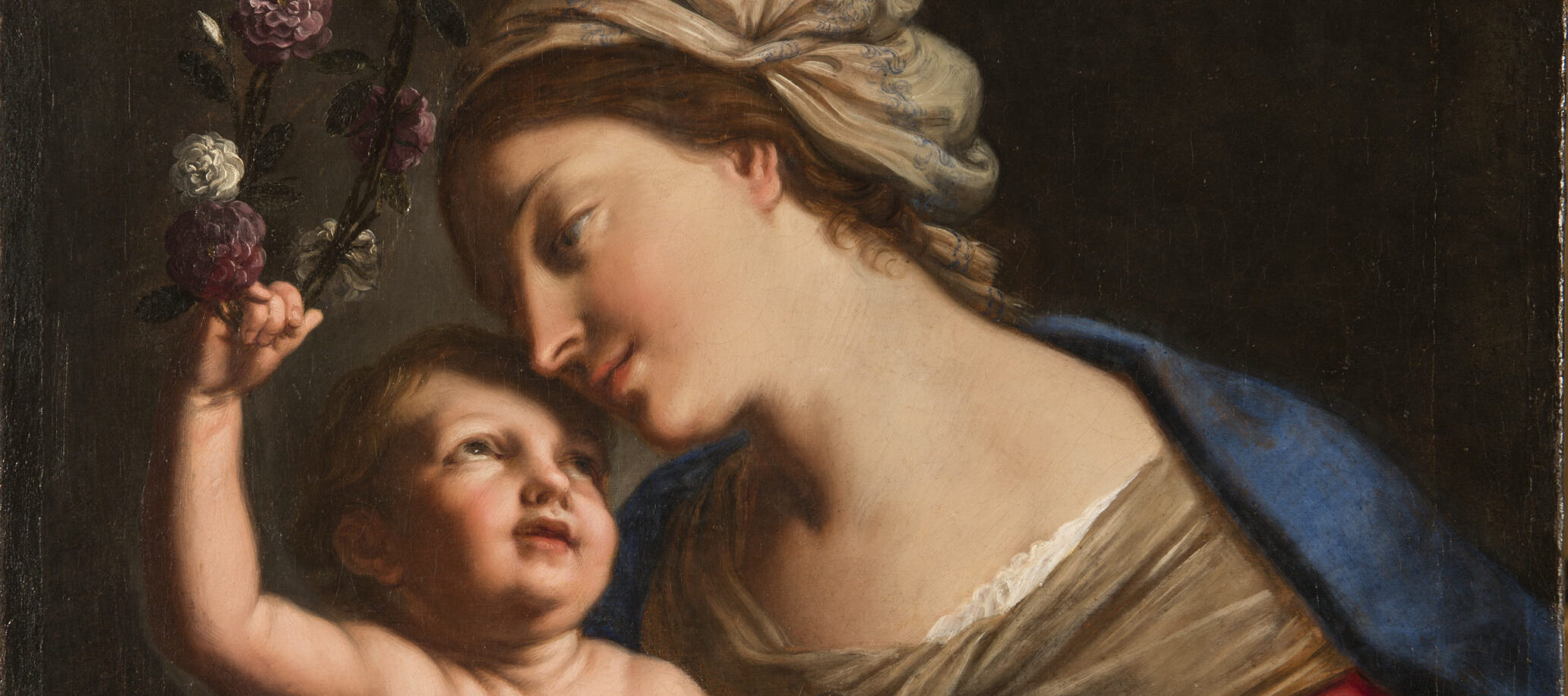According to written records when she died at twenty-seven, Italian artist Elisabetta Sirani (1638-1665) had already produced two hundred paintings, drawings, and etchings. An independent painter by nineteen, Sirani ran her family’s workshop: she supported her parents, three siblings, and herself entirely through her art.

Sirani spent her life in Bologna, a city famous for its progressive attitude toward women’s rights and for producing successful female artists. Trained by her father, Sirani was encouraged in her career by Count Carlo Cesare Malvasia, a family friend and influential art critic. She became famous for her ability to paint beautifully finished canvases so quickly that art lover’s visited her studio from far and wide to watch her work. Sirani’s portraits, mythological subjects, and especially her images of the Holy family, and the Virgin and Child, gained international fame.
When Sirani died—suddenly after experiencing stomach pains—her father suspected she had been poisoned by a jealous maid. The servant was tried for but acquitted of this crime, and an autopsy revealed numerous lacerations in the artist’s stomach, presumably evidence of perforated ulcers. Her funeral was an elaborate affair involving formal orations, special poetry and music, and an enormous catafalque decorated with a life-size sculpture of the deceased. In addition to her artwork, Sirani left an important legacy through her teaching. Her pupils included her two sisters, Barbara and Anna Maria, and more than a dozen other young women who became professional painters.

Elisabetta Sirani’s Virgin and Child, 1663, portrays Mary not as a remote queen of heaven but as a very real, young Italian mother, wearing the turban favored by Bolognese peasant women, who gazes adoringly at the plump baby wriggling on her lap. Mary’s long, slender fingers secure the infant’s torso as the Christ child playfully leans back into pictorial space to crown her with a garland of roses, which she lowers her head to receive. There is virtually no ornamentation on Mary’s clothing except for the hint of a blue pattern in her headscarf: the only other decoration is the gold tassel at the corner of the pillow on which the Christ child is resting. This touch of glitter and the floral garland are especially noticeable in contrast to Sirani’s plain, dark background.
